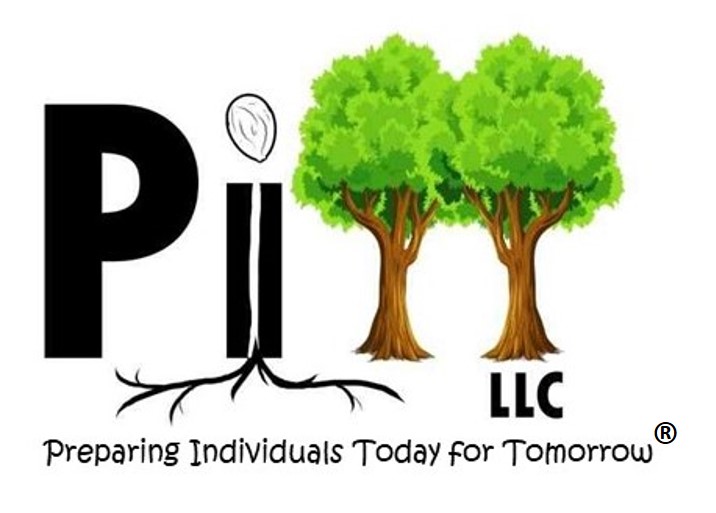
Attention-deficit-hyperactivity-disorder (ADHD) is one of the most common developmental disorders experienced in children. Unfortunately, there currently are limited options when it comes to safe and effective drug treatment. And even with suitable pharmacological interventions, many parents don’t like the idea of putting their young child on medications that may come with nasty side effects.
There are, thankfully, other more natural treatment options, and meditation is one of the best.
Okay, I know you are probably thinking, “How on Earth am I supposed to get my hyperactive and impulsive kid to sit still long enough to meditate? If I they were capable of sitting still, I wouldn’t be searching the internet for help with ADHD!” Fair enough. But allow me to explain.
Your Child’s Brain on ADHD
All people have thoughts and impulses that may not be that rational. You feel like ramming your car into the car that just took your parking spot, for instance. Luckily, most of us have a functioning pre-frontal cortex that keeps us in check and stops us from doing dangerous or unlawful impulsive behavior.
Your child’s pre-frontal cortex is significantly impaired, and so he or she cannot put the brakes on these impulses. An impulse makes itself known and before your child even knows what’s going on, they are acting on it. It happens fast!
Meditation Empowers Children with ADHD
What children with ADHD need more than a medication that will ‘calm them down’ is to become aware of their own thoughts. By recognizing that he is not his thoughts but an individual simply having thoughts, he becomes empowered to self-regulate and make better choices.
Studies are now showing that mindful meditation can help children with ADHD:
- Reduce their feelings of stress and anxiety
- Reduce impulsive behavior
- Improve concentration
- Reduce hyperactivity
- Improve self-esteem
Helping Your Child Get Started
The best way to get your child interested in the practice of meditation is to practice it yourself. Do some research and perhaps take a few classes yourself so you fully understand what is involved.
You’ll also want to create a space in your home that is just for meditation. Choose a location where there will be no interruptions and encourage a sense of calm.
Be sure to start your child out nice and slow. The Chopra Center suggests one minute of meditation for every year of your child’s age. All kids are different so you may need to adjust for your kid. Your child may be 10, for example, but only be able to start off doing 5 minutes. That’s fine, don’t push it – use the age suggestion as a starting point.
Lose any expectations you may have at the beginning. Most adults with fully-functioning pre-frontal cortexes have a very hard time with meditation at first, so chances are your child will as well. Do not become frustrated and yell at your child to “stop fidgeting.” This will only discourage both of you.
And finally, if they need encouragement to get started, feel free to use positive rewards. Allow them to choose what movie the family will watch or which board game you will play on the weekend.
Will getting your ADHD child to meditate be easy? You’d have an easier time putting a corset on a pig. That being said, it’s important to keep at it because eventually you will see some wonderful changes in your child, and that is priceless.


Leave a Reply